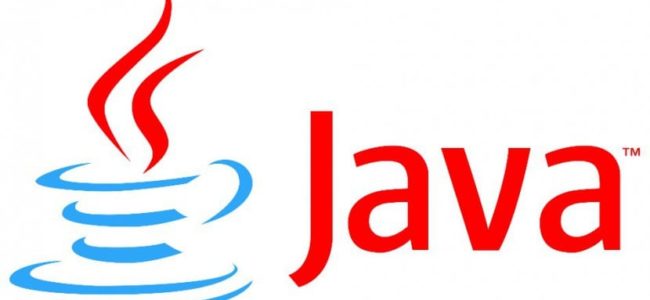
Introduction
Concurrency has always been a cornerstone of Java, but as applications scale and demands for high throughput and low latency increase, traditional threading models show their limitations. Project Loom and its groundbreaking introduction of virtual threads redefines how we approach concurrency in Java, making applications more scalable and development more straightforward.
In this post, we’ll go deep into virtual threads, exploring how they work, their impact on scalability, and how they simplify backend development. We’ll provide both simple and complex code examples to illustrate these concepts in practice.
Continue reading “Virtual Threads (Project Loom) – Revolutionizing Concurrency in Java”
